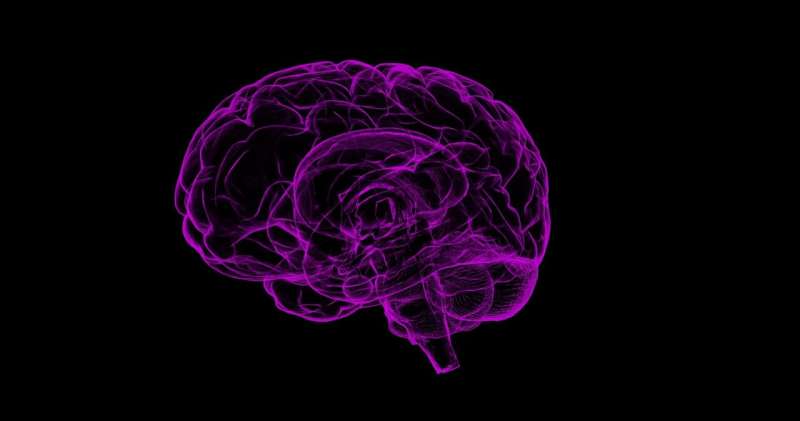Understanding the adolescent brain

New research from University of Alberta neuroscientists shows that the brains of adolescents struggling with mental-health issues may be wired differently from those of their healthy peers.
This collaborative research, led by Anthony Singhal, professor and chair in the Department of Psychology, involved adolescents between the ages of 14 and 17 who had a history of mental-health problems, including depression, anxiety, and ADHD. This group of teens received magnetic resonance imaging (MRI) scans designed to examine the white matter of their brains and were compared to scans from a second set of adolescents in the same age range who did not have a history of mental-health issues.
The results of the study show clear differences in connective neural pathways, as a function of cognitive control, between the healthy adolescents and those struggling with mental-health issues.
"We saw pathways that were less structurally efficient in the patients compared to the healthy controls," explained Singhal, who is also a member of UAlberta's Neuroscience and Mental Health Institute (NHMI). "Moreover, those observations correlated with attentional control test scores. In other words, less neural efficiency in key pathways was associated with an overall reduced tendency to focus attention."
The study is one of the first to show these results with adolescents, mapping onto previous studies conducted with adult participants.
"We can't paint with broad strokes that we are talking about differences between people's brains," explained Singhal. "It's just not that simple. But we do have to start somewhere, and this is a great jumping-off point."
The paper, "Differences in Attentional Control and White Matter Microstructure in Adolescents with Attentional, Affective, and Behavioral Disorders," was published in Brain Imaging and Behavior.
More information: Andrea T. Shafer et al, Differences in attentional control and white matter microstructure in adolescents with attentional, affective, and behavioral disorders, Brain Imaging and Behavior (2019). DOI: 10.1007/s11682-019-00211-7


















